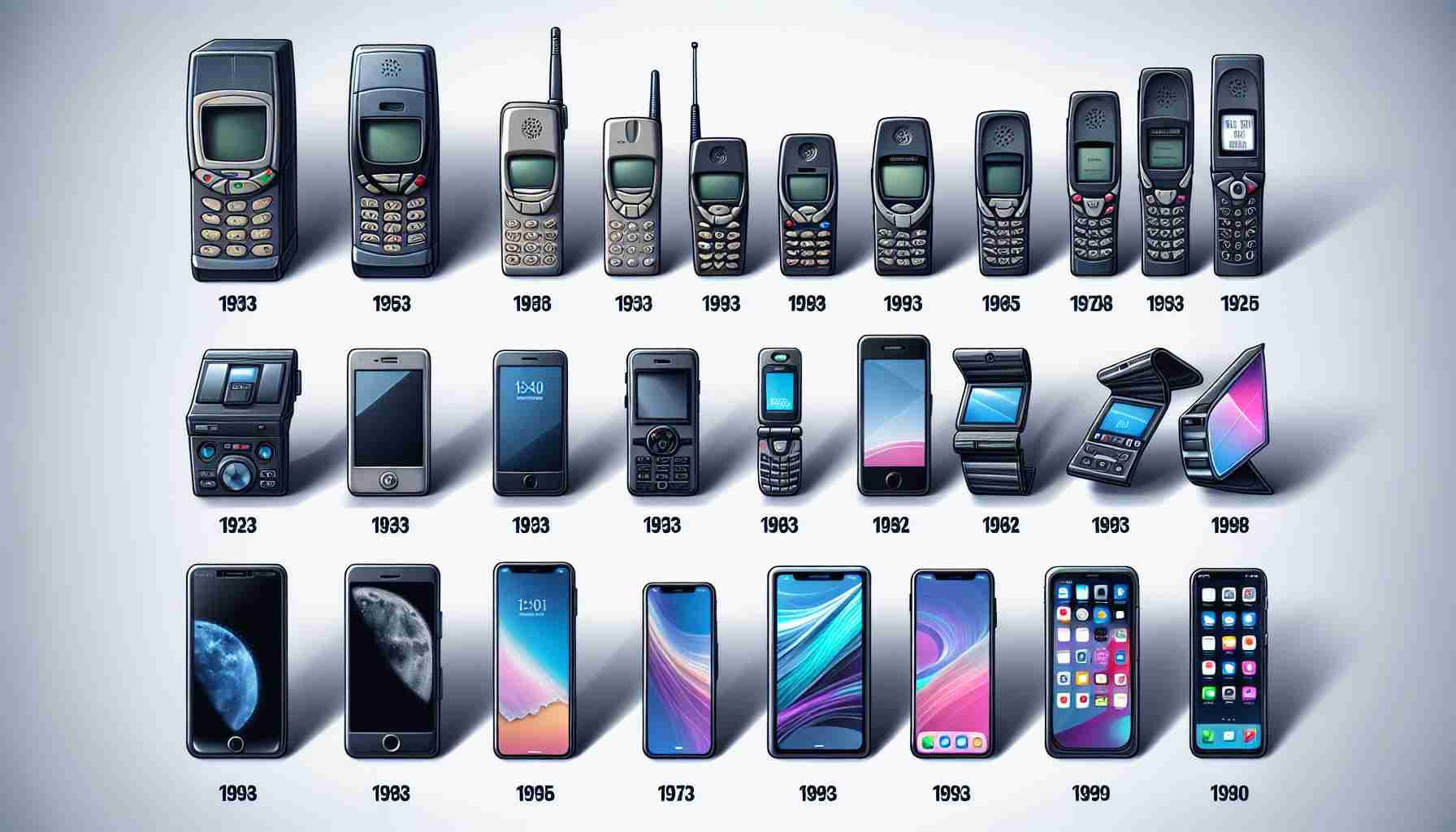Smartphones have come a long way in revolutionizing the way we communicate and interact with the world. Gone are the days of basic flip phones, as we now have a range of high-tech devices at our fingertips. These modern devices offer advanced features and capabilities that enhance our daily lives.
Imagine a future where smartphones have become even more sophisticated and versatile. Picture a device that boasts a stunning 8-inch QD-OLED display with a remarkable 3000 Nits brightness, providing an unparalleled visual experience. This futuristic phone could offer a refresh rate of up to 144 Hz, ensuring smooth and seamless interactions.
In terms of design and construction, the smartphone of the future may feature a sleek titanium chassis that is not only durable but also exudes elegance. With a variety of color options ranging from Forest Titanium to White Titanium, users can personalize their devices to reflect their unique style.
Moreover, advancements in camera technology could lead to a smartphone equipped with a cutting-edge 48 MP 6x telephoto lens and a sophisticated LiDAR sensor. This would enable users to capture stunning 8K videos and detailed images like never before, setting a new standard for mobile photography.
While this vision may seem like a far-off dream, it serves as a testament to the endless possibilities that lie ahead in the realm of smartphone technology. As innovation continues to drive progress, we can only anticipate what the future holds for these essential devices that have become integral to our modern lives.
Additional Facts:
– Smartphone technology has evolved rapidly over the years, with advancements in processing power, battery life, connectivity, and design.
– Foldable smartphones are an emerging trend in the industry, offering users the flexibility of a larger screen size while maintaining portability.
– 5G connectivity is revolutionizing the way we use smartphones, enabling faster download speeds, lower latency, and enhanced connectivity for a wide range of devices.
– Augmented reality (AR) and virtual reality (VR) capabilities are being integrated into smartphones, creating immersive experiences for users in gaming, entertainment, education, and more.
Key Questions:
1. What impact will foldable smartphones have on the future of mobile technology?
2. How will advancements in 5G technology shape the capabilities of smartphones in the coming years?
3. What are the privacy and security concerns associated with biometric authentication features in smartphones?
4. How can manufacturers address the issue of e-waste and environmental impact resulting from the rapid turnover of smartphone models?
Advantages:
– Smartphones provide easy access to information, communication, entertainment, and productivity tools in a compact device.
– High-quality cameras on smartphones allow users to capture photos and videos conveniently.
– Mobile apps offer a wide range of services, from social media to navigation, enhancing user experience and convenience.
– Smartphones have enabled mobile payments and digital wallets, simplifying financial transactions for users.
Disadvantages:
– Addiction to smartphones can lead to decreased physical activity, social isolation, and mental health issues.
– Constant connectivity may lead to distraction, reduced face-to-face interactions, and negative impact on personal relationships.
– Privacy concerns arise from the collection of personal data by smartphone companies and potential security vulnerabilities.
– Smartphone use can contribute to environmental issues, including e-waste, resource depletion, and carbon emissions.
Relevant Link:
GSMArena



